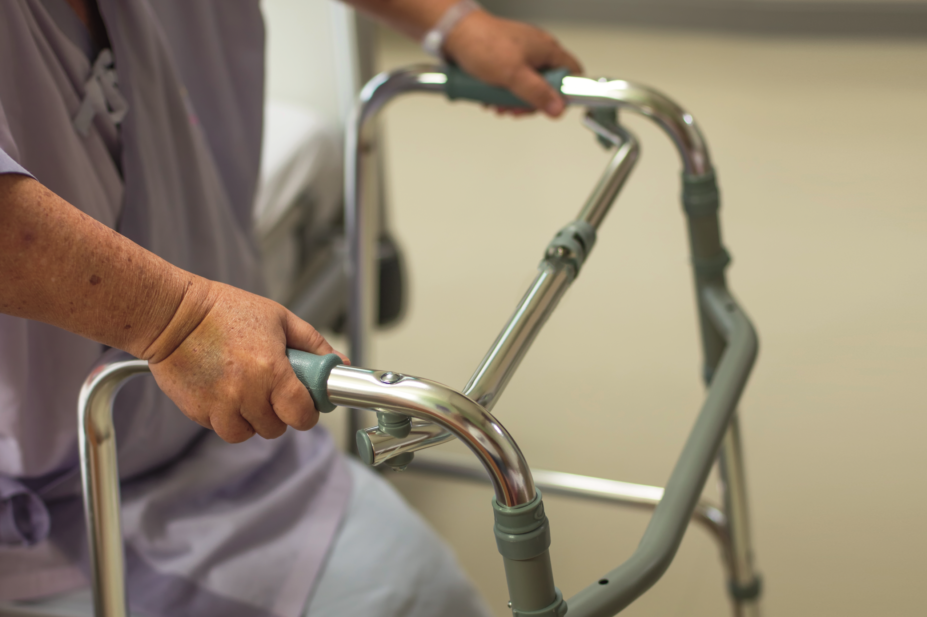
Shutterstock
Polypharmacy is common in older adults and can increase the risk of potentially inappropriate prescribing (PIP). There are a number of criteria proposed to help detect PIP, such as STOPP-START[1]
, but studies have disagreed over how useful they are.
In the European Journal of Hospital Pharmacy
[2]
(online, 23 November 2016), Spanish researchers compared the number of PIP incidents according to STOPP-START criteria with PIP incidents detected by a pharmacist using clinical opinion in 338 institutionalised or hospitalised patients aged over 65 years.
Out of 1,089 PIP incidents identified overall, 381 (35%) were detected by the pharmacist’s judgement and 708 (65%) were picked up by the STOPP-START criteria. The pharmacist picked up more PIP incidents in institutionalised patients than the STOPP-START criteria (68% versus 32%).
The team concludes that the inclusion of a pharmacist in the multidisciplinary team can therefore facilitate the detection of more PIP incidents than with standardised criteria alone.
References
[1] Gallagher P, Ryan C, Byrne S et al. STOPP (Screening Tool of Older Person’s Prescriptions) and START (Screening Tool to Alert doctors to Right Treatment). Consensus validation. Int. Journal of Clinical Pharmacology and Therapeutics. Volume 46 (72–83). Available from: https://www.dustri.com/article_response_page.html?artId=1674&doi=10.5414/CPP46072&L=0 (accessed December 2016)
[2] Delgado-Silveira E, Albiñana-Pérez MS, Muñoz-GarcÃa M et al. Pharmacist comprehensive review of treatment compared with STOPP-START criteria to detect potentially inappropriate prescription in older complex patients. Eur J Hosp Pharm 2016. doi: 10.1136/ejhpharm-2016-001054


